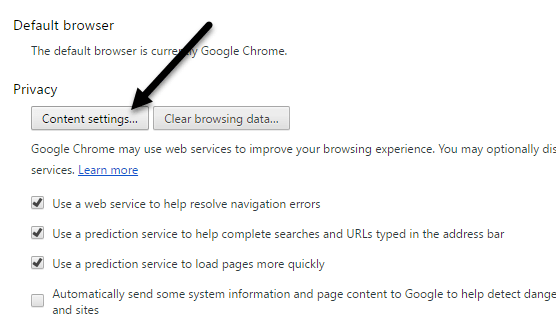
When you visit a website that uses Flash, you see a “Plugin blocked” message at the right side of Chrome’s Omnibox or address bar. Chrome’s increasingly aggressive moves are supposed to encourage websites to move away from Flash while they still have plenty of time to do so. If you use Flash, you still have nearly one and a half years until it’s gone. Mozilla is even more aggressive-it will remove Flash support entirely in early 2020.

Adobe will also end support for Flash at the end of 2020. Instead, Chrome blocks Flash by default with the message “Flash was blocked on this page.” If you re-enable Flash in Chrome, you see a message that says, “Flash Player will no longer be supported after December 2020,” with a button to turn off Flash.Īs Google explains, when the ball drops on New Year’s Eve, 2020, the countdown will also be counting down to the end of Flash. Get help for the legacy version of Microsoft Edge.Flash isn’t completely gone-yet. Note: This topic is for the new Microsoft Edge. The next time you visit a site the uses Flash, the browser will ask for your permission before allowing Flash to run. The Block and Allow lists will be available after you visit a site that uses Flash. Set the toggle on for the Ask before running Flash option. In the left navigation, select Site permissions.

Here’s how to allow or block Flash permanently for individual websites: Other browsers like Google Chrome, Mozilla, and Safari are also planning on removing Adobe Flash in the same timeframe.įor more information about the end of Flash support, see Adobe Flash end of support on December 31, 2020. Microsoft plans to remove Flash from Windows entirely by the end of 2020.īecause Flash will no longer be supported after 2020, it is turned off by default in the new Microsoft Edge. Note: Adobe Flash will no longer be supported after 2020.


 0 kommentar(er)
0 kommentar(er)
